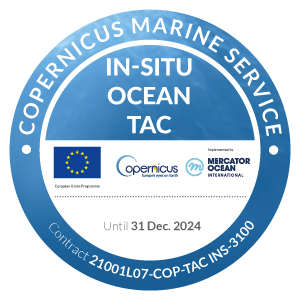
Thanks to a fruitful collaboration between OceanOps and the EuroGOOS High Frequency Radar Node, WMO codes were allocated for HFR…

Thanks to a fruitful collaboration between OceanOps and the EuroGOOS High Frequency Radar Node, WMO codes were allocated for HFR…
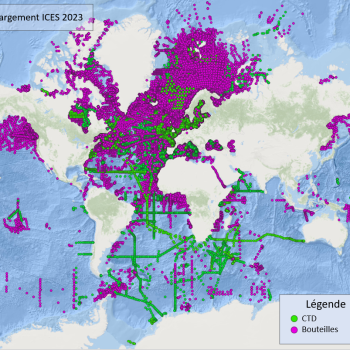
On 2024-01-29, data from the International Council for the Exploration of the Sea (ICES) data portal have been added to…
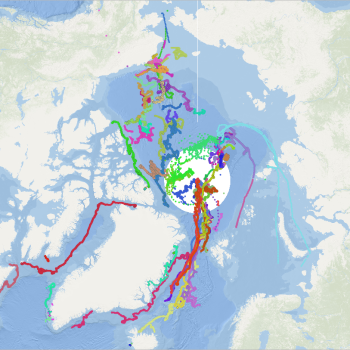
The International Arctic Buoy Programme (IABP), a network of drifting buoys in the Arctic and Antarctic Oceans has been provided…
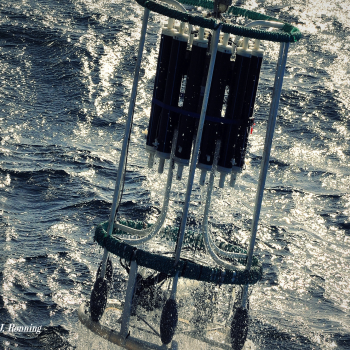
Nutrients are building blocks at the bottom of the food chain and determine the productivity of marine ecosystems. The Nordic…
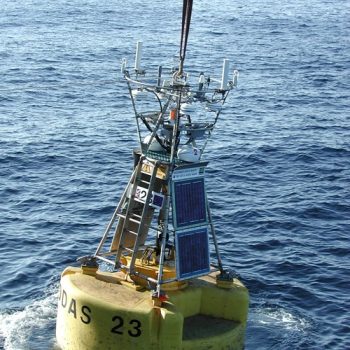
In operation since 2002, CEFAS WaveNet collects and processes data from the Cefas-operated Datawell Directional Waverider buoys, tethered at strategic…
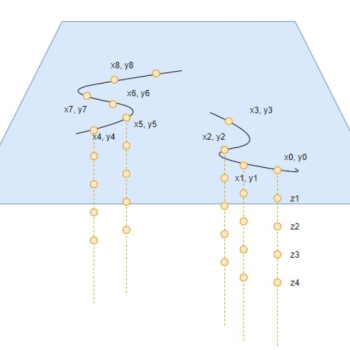
In Situ TAC changes its file format from November 29th. From this date and during 2 months, the old format…
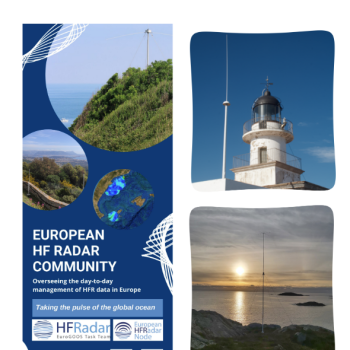
Discover more about three HFR networks installed in Norway, Spain and South Africa, an online outage reporting tool for HFR…
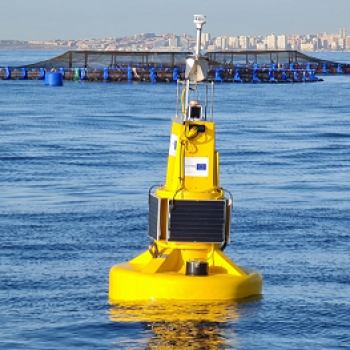
Thanks to EuroSea collaboration framework between Marine Institute, Spanish National Research Council (CSIC), AVRAMAR, Mowi Ireland (formerly Marine Harvest) and…
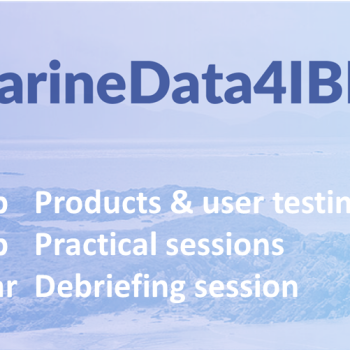
It has been organized the Copernicus Marine Service Online Training Workshop dedicated to the Iberia-Biscay-Ireland Region on February 27th and…
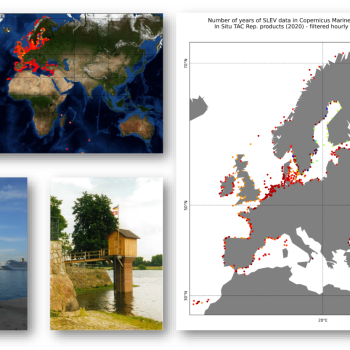
The Copernicus Marine Service has launched its new Sea Level Reprocessed product based on in situ coastal observations. These data are measured by…
